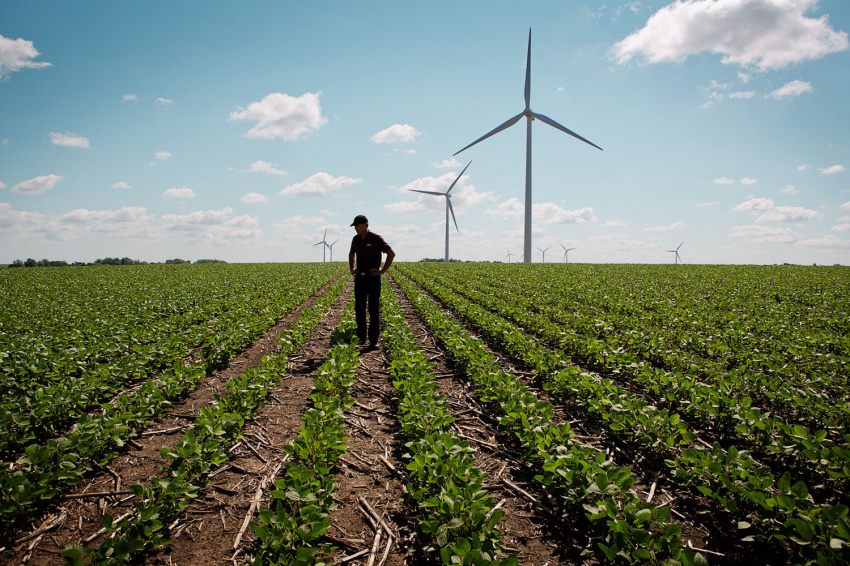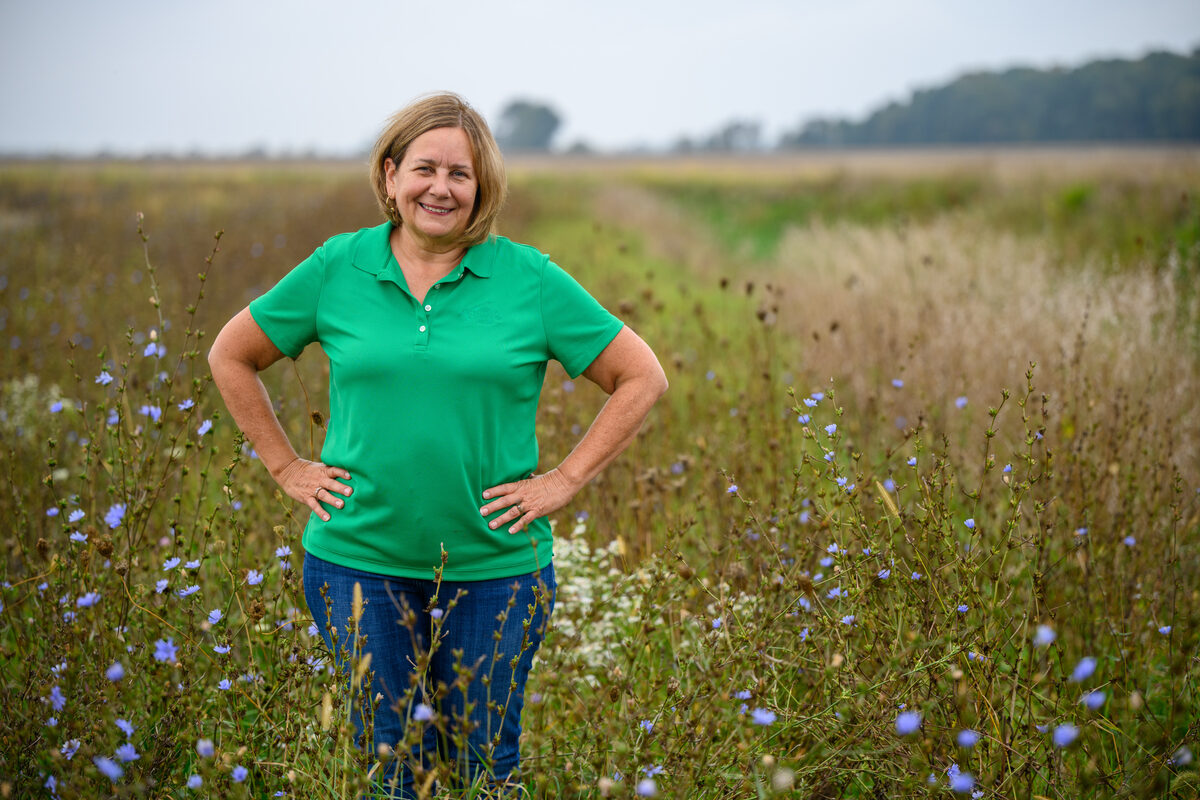U.S. Soy Aligns with U.N. Sustainable Development Goals

As part of U.S. Soy’s role as a leader in global sustainable agriculture practices, the U.S. Soybean Export Council led a global stakeholder engagement process to prioritize economic, social and environmental aspects for ensuring future global success of U.S. sustainable soy. These priorities were then mapped to the United Nations’ Sustainable Development Goals. This assessment set a benchmark for the sustainability of U.S. Soy.
The U.N. Sustainable Development Goals aim to improve 17 identified global challenges. The goals include zero hunger, good health and well-being, clean water and sanitation, climate action and more. Set for 2030, the sustainable development goals support the world’s growing population needs through actions of business, industry, governments and others, according to the U.N.
USSEC chair and soy checkoff farmer-leader
Derek Haigwood, USSEC chair and soy checkoff farmer-leader, says agriculture is a key component of these goals, and as a result, the agricultural industry has the ability to influence the outcome.
“Agriculture plays a major role in world activities and is an essential part of the solution to addressing the issues outlined in the U.N. Sustainable Development Goals,” Haigwood says. “Aligning the work of U.S. Soy to the goals identifies ways to minimize the negative and increase the positive impacts of soybean production in a prioritized, deliberate way.”
Understanding how the soy checkoff and the U.S. Soy community’s current and future sustainability programs map to international goals is a logical way to recognize which sustainable goals U.S. Soy can impact now and in the future. This mapping exercise evaluates both the opportunities and risks that come with implementing change. The assessment process sets the foundation so the industry can then lead and implement actionable steps that prioritize where U.S. Soy can make the biggest difference toward the ultimate goals.
“Mapping our work to the U.N. goals will help U.S. Soy adapt our strategy to put effective change into action with measurements,” Haigwood says. “The accountability data will help U.S. Soy strengthen its reputation and trust with stakeholders.”
The assessment consisted of 63 interviews with representatives from across the global value chain for U.S. Soy, including representatives from USSEC, the American Soybean Association, government, academia, international buyers and market influencers, industry associations and more. Each participant was asked to rank the top economic, social and environmental aspects of soy grown in the U.S. by its importance in the next five to 10 years and U.S. Soy’s ability to impact these risks and opportunities.
Through this stakeholder prioritization process and an assessment of current projects across the soy checkoff, USSEC and ASA, the team prioritized the top sustainable development goal where U.S. Soy can have the greatest impact.
That goal is SDG No. 2 — zero hunger. Section 2.4 of this goal states what U.S. Soy growers continue to pursue.
“ By 2030, ensure sustainable food production systems and implement resilient agricultural practices that increase productivity and production, that help maintain ecosystems, that strengthen capacity for adaptation to climate change, extreme weather, drought, flooding and other disasters and that progressively improve land and soil quality.”
Overall, U.S. Soy influences all of the U.N. Sustainable Development Goals in some way, yet the mapping project prioritized where U.S. Soy can have the greatest impact. Five other sustainable development goals were identified as contributing to SDG No. 2. They address water, soil health, responsible production and consumption, climate action and use of partnerships for solutions at scale.
This sustainable development goal mapping project serves as a guide for targeted goal setting, project funding and cross-functional partnerships. The project allows U.S. Soy to demonstrate its commitment to sustainability and integrate these global objectives into current and future project work.
“The assessment and our actions from the results will help U.S. Soy strengthen its reputation and trust with stakeholders,” Haigwood says.



